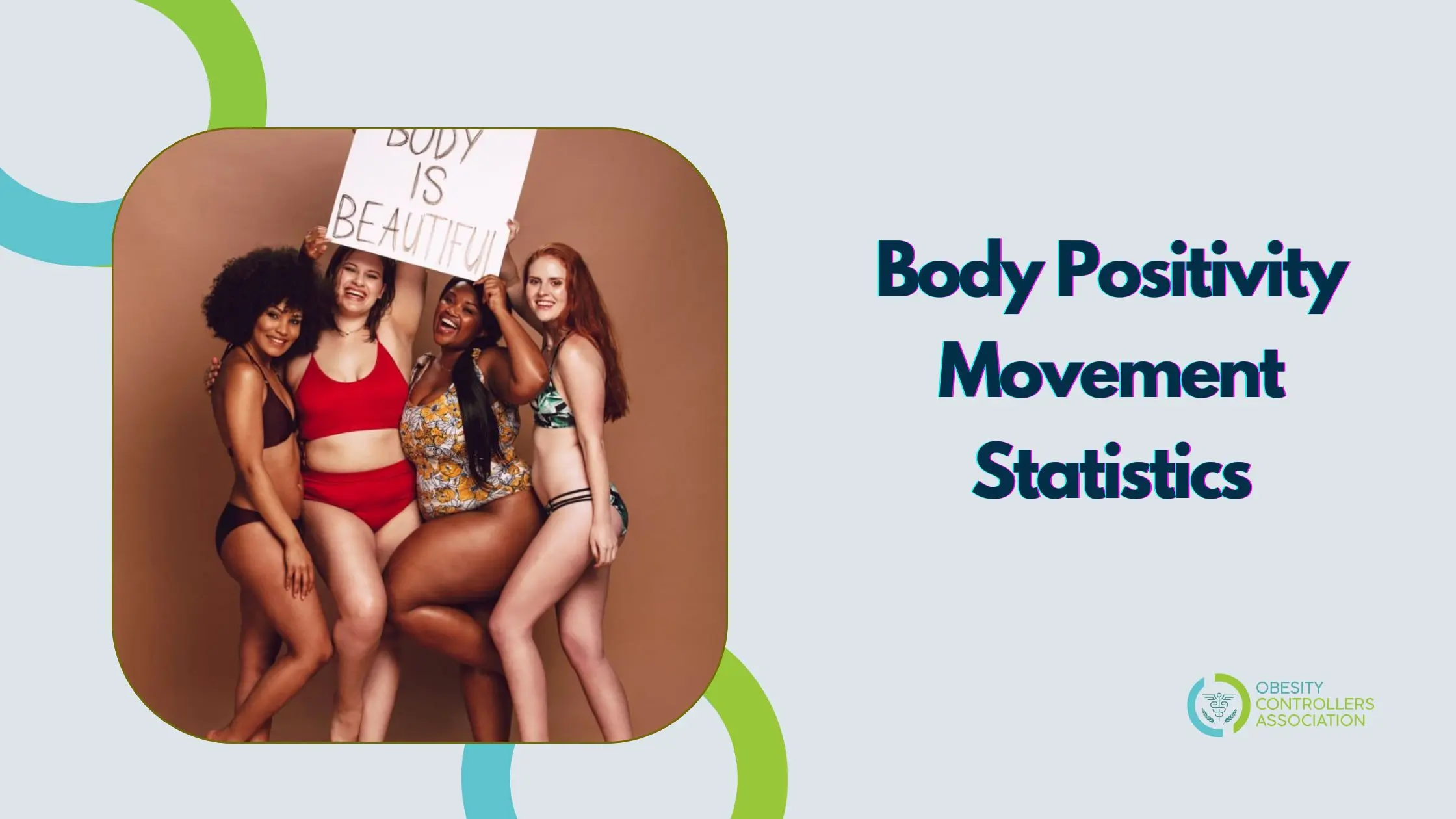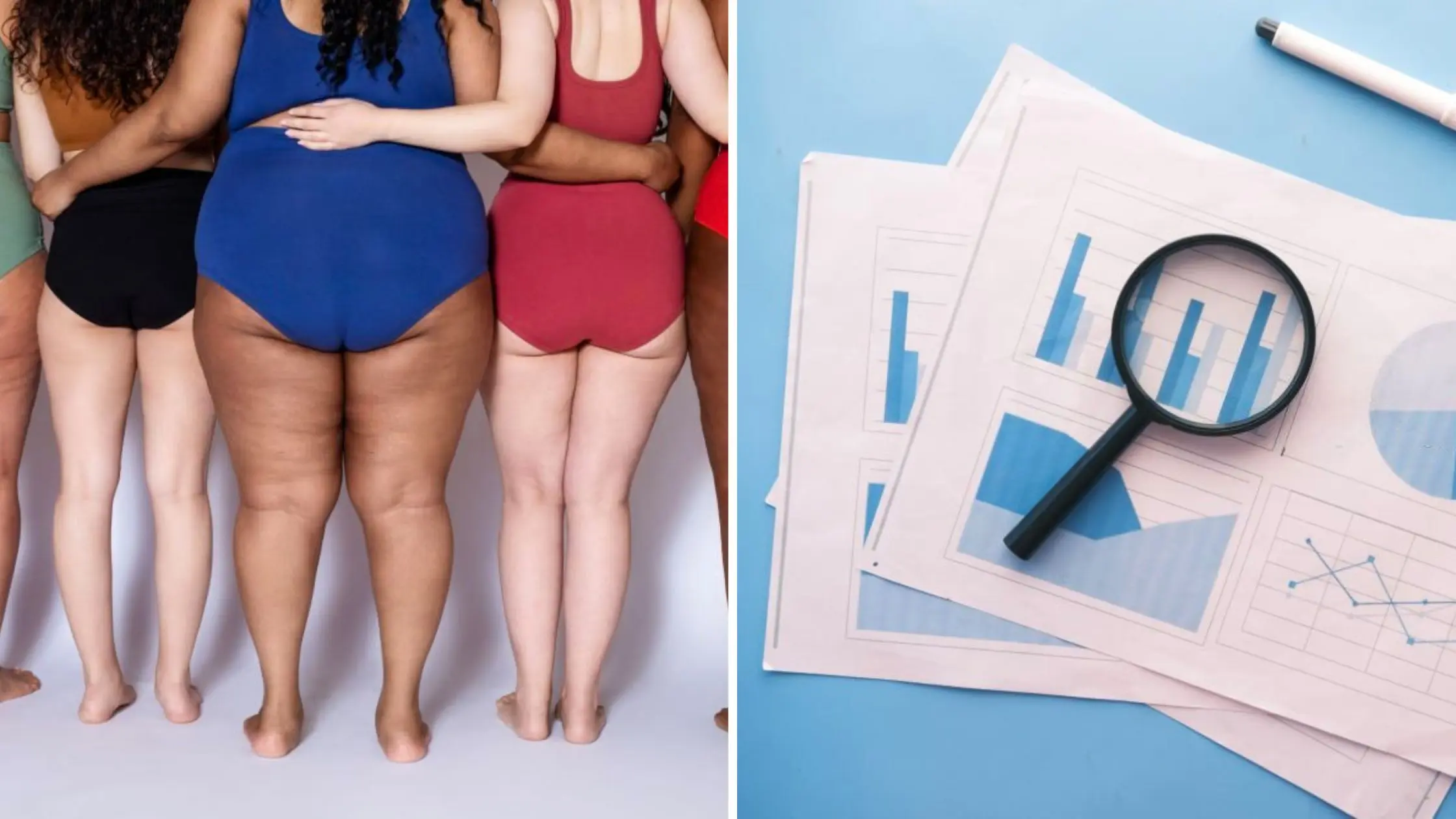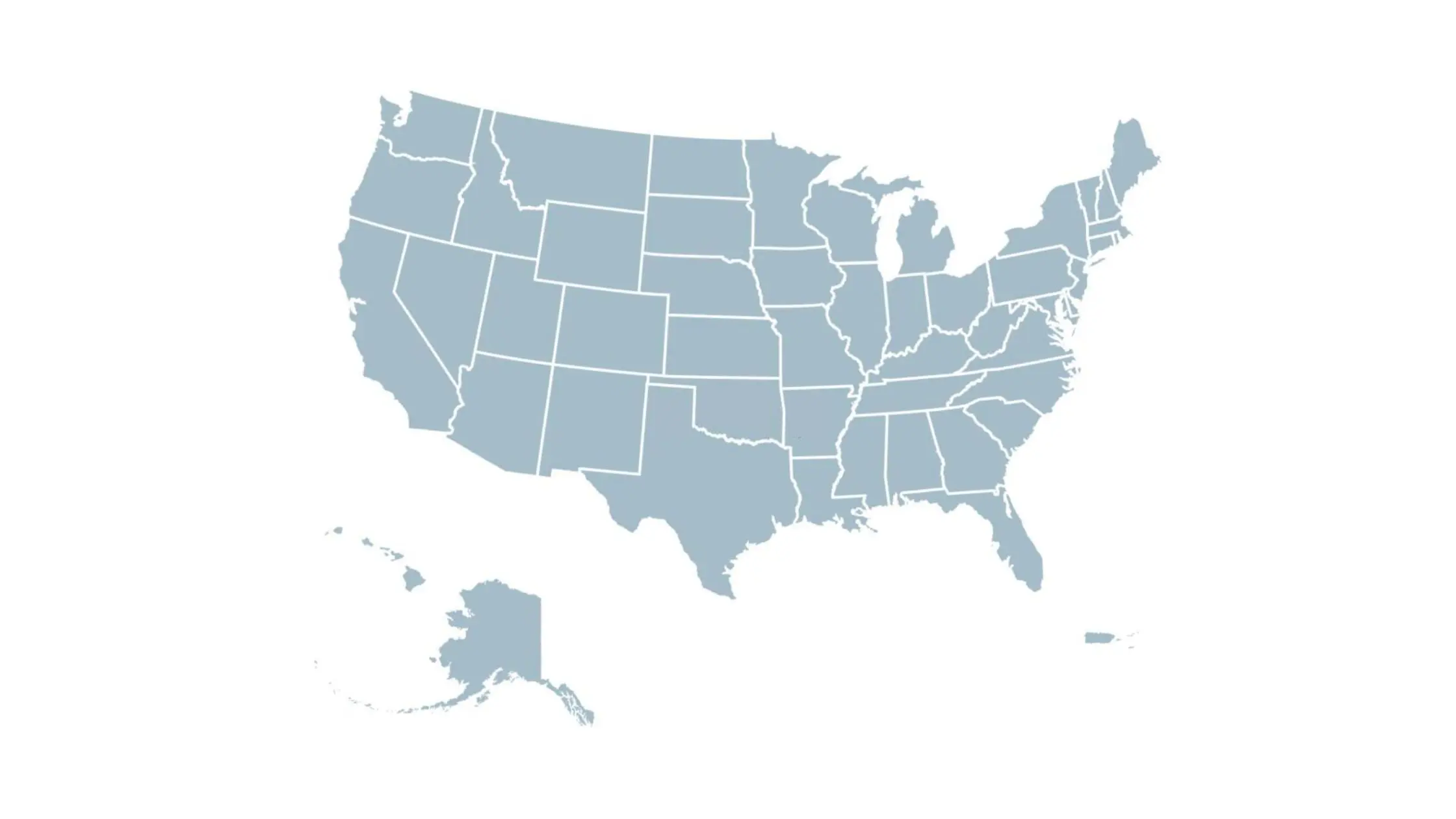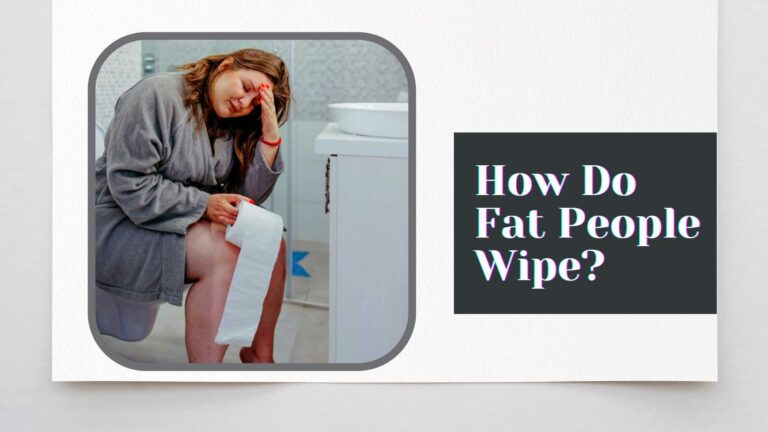Body Positivity Movement Statistics: A Data Overview!

The body positivity movement tries to question the age-old concepts of appearance and the hierarchies behind them. Recently, the term has gained much attention through social media handles, especially Instagram.
Many brands and models have come forward for body inclusivity and have incorporated the ideals in their advertisements. This shows that the world is moving towards body positivity and body inclusivity approach.
In this article, we will be detailing the body positivity movement statistics. On going further, you can find the status of the body positivity movement now and how countries around the world are responding to it. Also, a state-wide analysis of the body positivity movement in the US has been provided. Dive into the article to find out the latest trends in body positivity movement statistics.
Body Positivity Movement
The body positivity movement is a social movement that originated in the 1960s. It had ideological roots in the fat rights movement that campaigned for equal rights for people of larger weights. The movement was supported by the National Association to Aid Fat Americans (NAAFA).
According to the proponents of this movement, every kind of body should be accepted and appreciated. For them, the differences in size, race, color, tone, sexuality, etc should not come in the way of appreciating a body as it is.

The advocates of the body-positive movement believe that beauty is a mere social construct and that everyone has the right to appreciate their bodies. The one difference that the body-positive movement has from its predecessor, the fat acceptance movement, is that instead of merely focusing on fat people, they accept every type of body.
Body positivity advocates that any kind of fat-shaming or skinny-shaming is not acceptable. The core aim of the movement is to challenge the existing social norms regarding body and beauty and celebrate both mainstream and marginalized bodies alike.
History of the Body-Positive Movement
The roots of the body-positive movement lie with the fat rights movement that started in the United States in the 1960s. A young engineer named Bill Fabrey is said to have formed an organization for fat people known as the National Association to Aid Fat Americans which is now known as the National Association to Advance Fat Acceptance or NAAFA.
Around this time, a group of feminists from California formed a similar organization and titled it the Fat Underground. In 1973, they released their first Fat Manifesto. Times changed and now it is the 1980s. Fat liberation spread its wings beyond the United States and a London Fat Women’s Group was formed around this time.
But still, the terms such as body positivity haven’t got momentum in the 70s, 80s, and 90s. It was by 2000, the fat liberation movement made its online presence. As part of this, many oversized people started posting selfies on social media and considered it a political statement. Sooner, the term body positivity became a social media buzzphrase.
Recommended: Body Positivity Vs Body Neutrality: What Makes These Two Different?
Body Positivity Movement Statistics
Recent data collected using the Consumer Research Platform of the Brandwatch website revealed some important information regarding body positivity statistics. For this research, they analyzed the body-positive mentions in the English language as well as hashtags such as #bodypositive, #loveyourbody, #loveyourself, etc.
The research primarily focused on January 2017 to August 2020. The results from this analysis found that there is an increase in the number of using these terms related to body positivity. Compared to the last three years, there was an increase of around 33% in the mentions regarding terms related to body positivity. In July 2020, the amount reached its peak where more than 80% of mentions on the topic were found.

Over the past three years, the most common keyword related to body positive movement was “self-care”. It has gained around 21 million mentions on various social media platforms. Apart from that, other words that gained much popularity were “good” and “beautiful”.
The researchers also found an increase in discussions on mental health in body-positive conversations. Since 2017, there have been 11 million mentions of this single keyword. Most of the discussions around this were focused on how body image issues can lead to mental health problems and what one can do about them.
Another interesting finding during the research was that the lockdown had an impact on these discussions. During the lockdown, people got much time to appreciate and ponder on their bodies and practice self-care. This is pretty evident from the data.
The researchers found that there was an increase in conversations around the term “self-care” in the context of the body positivity movement. As part of this, the product conversations saw a hike where around 572k product recommendations were found related to it.
One positive aspect of these findings was that even though the pandemic had its negatives, it could cultivate certain body-positive values and self-care trends among people.
Body Positivity Movement Statistics: Country wise
On analyzing the latest Google search trends, we can see that there has been a rise in body positivity trends. A 250% increase in the search words denotes the prominence of these terms in the current context. Along with that, there have been around 1.5 million global Instagram posts that used the hashtags #bodyconfidence, and around 10.5 million were applied for #bodypositivity.
Recent research done in this area shows that India tops as the country with the most number of Google searches for body inclusivity terms. Around 111,830 searches have been conducted in this regard. Also, around 1,900 hashtags have been used regarding the body confidence topic on Instagram here.
Next to India, the United States tops the number of Google searches for body inclusivity terms. Around 83,301 searches were made regarding this aspect and 1,976 hashtags were used related to the body confidence trend on Instagram.
Following these two countries, the United Kingdom, Turkey, and the Philippines are in the next positions. Around 33,880 searches were conducted on Google for body inclusivity terms from the UK and 2,929 hashtags were used to spread its message on Instagram.
Turkey comes in the fourth position where 31,830 Google searches happened for body inclusivity and 1,600 hashtags were used to support the movement on Instagram. The Philippines came fifth on the list where 30, 020 searchers were made and 1960 hashtags got into the trend for body positivity.
The United States is one of the countries that struggle most with obesity and overweight issues. And recent trends show that the talk on body positivity has been much better in the US. As part of the body positivity talks, many considerations around acne, baldness, and body hair have come into the mainstream.
And companies have started creating products that cater to the needs of every kind of body. Data collected by the GWI website in July 2022 showed that 3 in 5 consumers have been satisfied with retailers who include all sizes in their products. But still, it shows that we have to move a step further and all bodies should be normalized by the fashion industry here.

At the same time, the research found that the supporters of body positivity hashtags on platforms such as Instagram are mostly young, white, and non-disabled females. Most of the groups that spread the message on these platforms are gym-goers, luxury cloth buyers, and people who are between the ages of 16-25.
The study also showed that 41% of the retailers offer inclusive sizes and 35% of the brands use a wider range of body types and sizes in their advertising campaigns. 32% of retailers use more size-inclusive mannequins in shops and 30% use models who look like common people.
28% of the list of retailers use non-edited photos and 27% use lesser filters on social media handles. Among these findings, we shouldn’t forget how these trends started in the United States. In 2018, PrettyLittleThing became the first retailer to start a campaign that features a plus size and main range model. From there onwards many retailers and brands followed this path.
Check out: Body Positivity VS Body Acceptance: Important To Understand!
Most Body Positive States in the United States
Considering which states in the United States are most body positive, we can find a list of states. Cultural trends have always been changing in the United States. Some states have been more welcoming to the body-positive and body-inclusive trends while others have not been much friendly to them.

Based on the posts per 100k residents, here are the top and bottom 5 states in the United States regarding the body positivity trends made online. The data was collected based on the number of Instagram posts per 100k residents in each state.
Top 5 States
- Oregon: Being one of the most geographically diverse states in the US, Oregon is also number one for body positivity. Around 133 posts per 100k residents were made regarding body positivity from Oregon. The state is famed for its body-positive gyms, waxing salons, and personal trainers.
- Utah: Famed for its thriving Mormon community, Utah is the second most body-positive state in the US. Around 64.5 Instagram posts were found in favor of body inclusivity and body positivity from Utah among 100k residents.
- Nevada: Nevada is acclaimed for its deserts and vibrant nightlife. The third most body-positive state in the US had 63.9 posts per 100k residents regarding body-positivity hashtags on Instagram.
- NewYork: The body positivity movement had its historical roots in New York. It is the fourth most body-positive state in the US.
- California: The state of Hollywood comes fifth in the list for being the most body-positive state in the US. Around 50.9 posts were made here for body positivity trends on Instagram.
Bottom 5 States
- North Dakota: 1.8 posts were made among 100k residents
- West Virginia: 3.9 posts
- Iowa:4.6 posts
- Montana:4.7 posts
- New Mexico:4.7 posts
The Bottom Line
On a glimpse through the article, you can see that there has been an upward trend regarding the body positivity movement statistics. This means people are getting more aware of body image issues and are ready to accept the flaws of their bodies.
The reflection of growth in these movements can be seen in many sectors. Most social media channels such as Instagram and Twitter have been a platform for this trend. Recent data shows that the United States is the second most body-positive country in the world. And Oregon tops the list of most body-positive states in the US.





